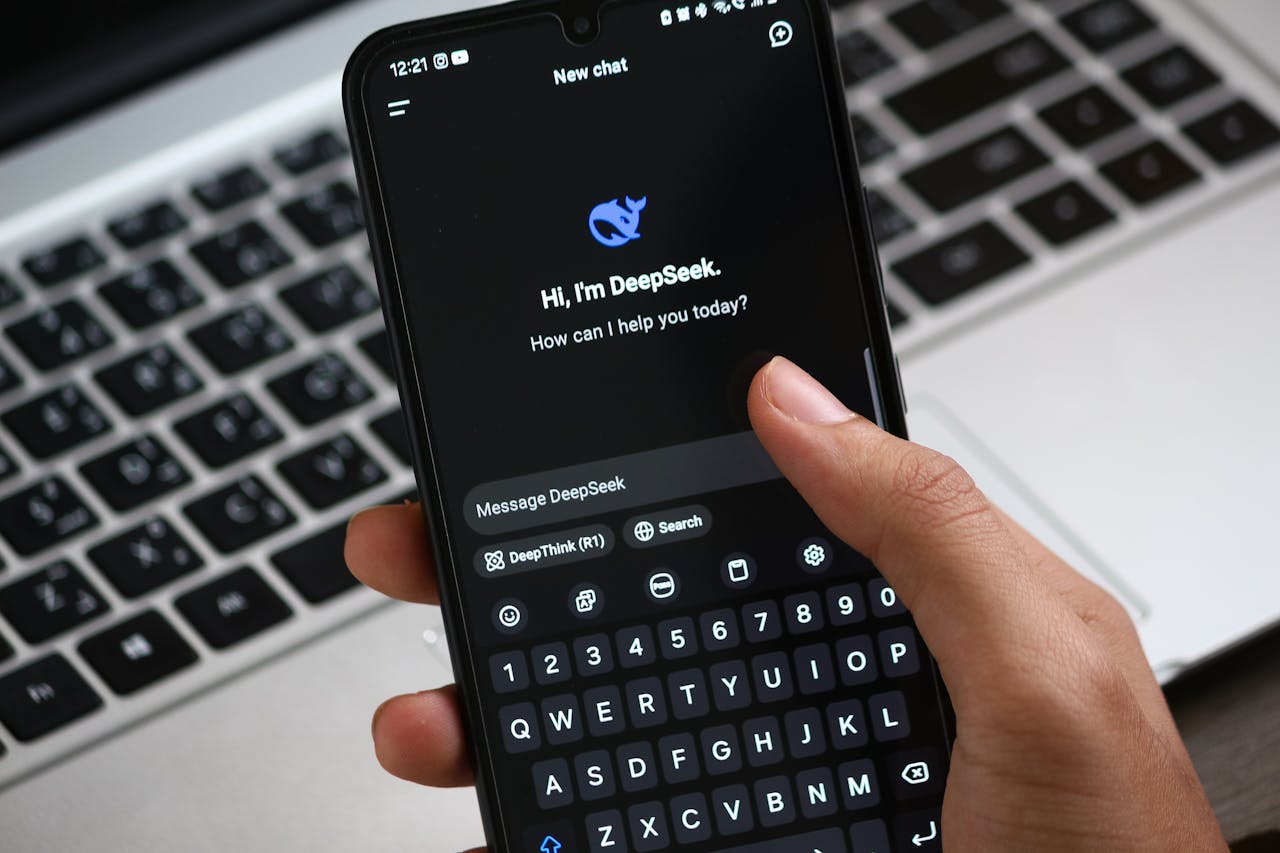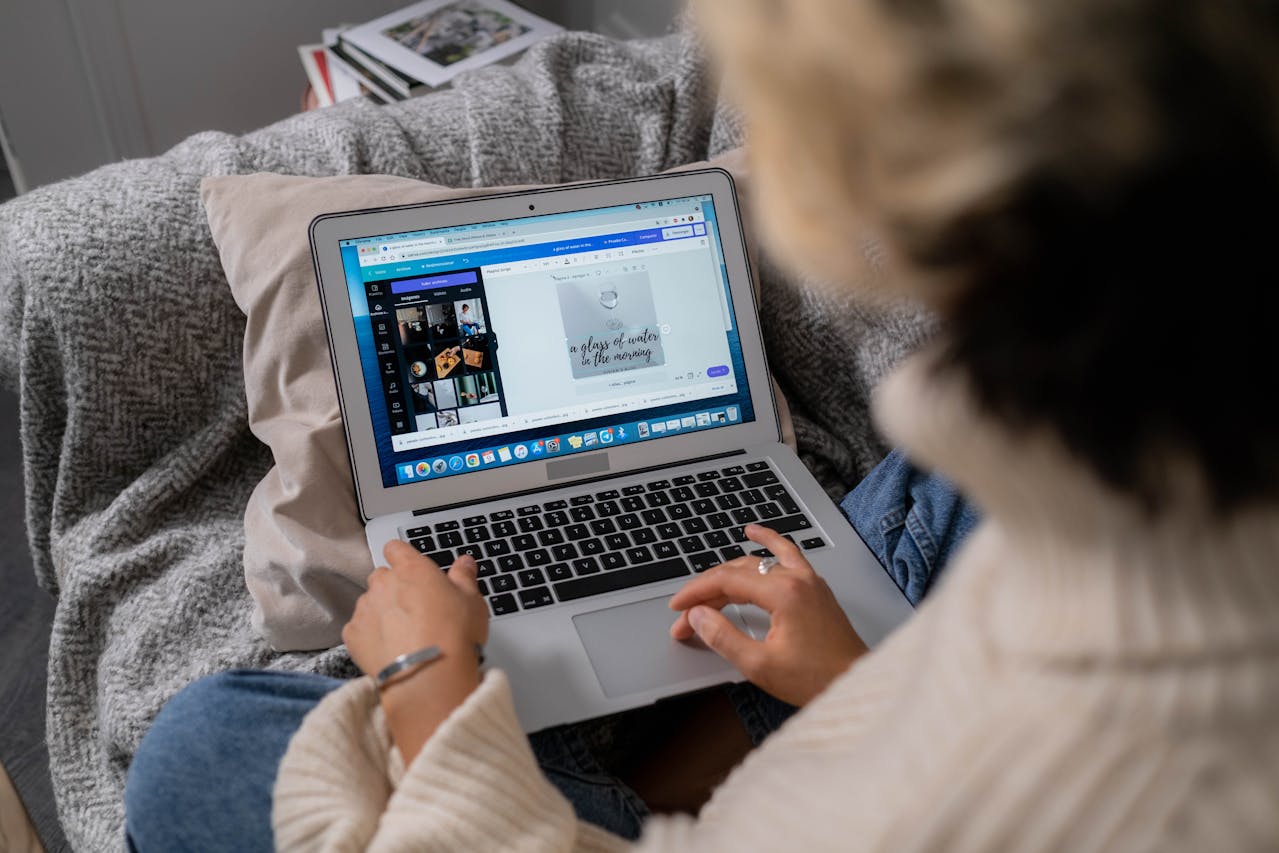Starting a Small Business? Let’s Talk Money
Starting a small business is an exciting leap—but financing it? That’s where many dreams hit a wall. If you’re asking, “How did you finance starting your small business?”, you’re not alone. Funding is one of the biggest barriers aspiring entrepreneurs face.
But here’s the good news: you don’t need to be rich or take massive risks to launch your business. From traditional loans to creative online funding options, people are starting businesses every day using strategies that match their resources and risk tolerance.
In this article, we’ll break down real and trending methods to finance starting your small business, share personal stories and examples, and guide you through choosing the right funding path for your goals.
1. Bootstrapping: Starting With What You Have
What It Means:
Bootstrapping means self-funding your business with personal savings, side hustle income, or reinvesting early profits.
Why It Works:
- You maintain full control.
- No debt or interest payments.
- Forces you to stay lean and scrappy.
How People Are Doing It:
- Using emergency savings or a portion of it.
- Selling unused items (tech, clothing, furniture).
- Using income from freelancing or a part-time job to fund initial expenses.
Real Example:
Jane, a graphic designer, launched a small branding studio with $1,500 saved from freelance gigs on Upwork. She used free tools (Canva, Google Workspace), a $10 domain, and hustled for her first few clients through Facebook groups.
Best For:
Service-based businesses, online startups, or businesses with low initial costs.
2. Friends and Family Support
What It Means:
Getting financial help from people you know and trust—often in the form of a loan, gift, or equity exchange.
Why It Works:
- Usually interest-free or low-interest.
- Flexible repayment terms.
- More accessible than banks for first-time founders.
Tips for Success:
- Put everything in writing. Even if it’s your mom.
- Define whether it’s a loan or investment.
- Be clear about repayment expectations.
Real Example:
Ahmed borrowed $3,000 from his sister to launch a small e-commerce site selling eco-friendly kitchenware. He paid her back in 10 months and gave her a lifetime discount on all products.
Best For:
Entrepreneurs with trustworthy networks and transparent plans.
3. Small Business Loans
🔹 Traditional Bank Loans
Banks offer term loans or lines of credit—but they often require:
- A solid business plan
- Good credit history
- Collateral
🔹 SBA Loans (U.S. only)
Backed by the Small Business Administration, these loans have:
- Lower interest rates
- Longer repayment terms
- More accessible terms for startups
🔹 Online Lenders
Platforms like Kabbage, Fundbox, and BlueVine offer fast, online business loans with minimal paperwork.
Pros:
- Larger amounts of funding
- Can fund inventory, equipment, or operations
- Build business credit
Cons:
- May require a business credit score
- You’ll pay interest
Best For:
Brick-and-mortar businesses, product-based businesses, or startups with proven demand.
4. Business Grants (Free Money You Don’t Repay)
What It Means:
Grants are non-repayable funds awarded by governments, corporations, or foundations to help businesses start or grow.
Where to Find Them:
- Grants.gov (U.S.)
- Hello Alice
- IFundWomen
- Local city or state business development agencies
Real Example:
Sasha, a Black woman entrepreneur, won a $10,000 grant through the Black Ambition Fund to launch her vegan skincare line. She used it for branding, packaging, and her first inventory run.
Best For:
Women, minorities, veterans, and entrepreneurs serving underserved communities or solving social problems.
5. Crowdfunding (Let the Public Invest in Your Idea)
What It Means:
Crowdfunding platforms let you raise money from friends, fans, and strangers—often in exchange for early access, products, or perks.
🔹 Top Platforms:
- Kickstarter – rewards-based
- Indiegogo
- GoFundMe – donation-based
- WeFunder – equity crowdfunding
Why It Works:
- No need for bank loans or investors
- Builds buzz and customer base
- You test your product’s market demand before launch
Tips for Success:
- Create a compelling video pitch
- Offer exciting rewards
- Set a realistic funding goal
Real Example:
Luis launched a card game on Kickstarter, raising $18,000 in 30 days with just a $1,000 goal. He used the funds for printing and fulfillment.
Best For:
Consumer products, creative projects, or mission-driven startups.
6. Using a Side Hustle to Fund Your Business
What It Means:
Earning extra income through freelance work, delivery gigs, online services, or affiliate marketing—and using that income to fund your startup.
Popular Side Hustles to Try:
- Freelancing on Fiverr or Upwork
- Driving for Uber, DoorDash, or Bolt
- Selling print-on-demand products on Etsy or Redbubble
- Virtual assistant services
- Teaching on platforms like Preply or Teachable
Why It Works:
- Builds discipline and capital at the same time
- No debt involved
- Helps you test your business idea while still employed
Real Example:
Priya used her $700/month earnings from freelancing as a Pinterest VA to fund her custom candle business, which she launched six months later.
Best For:
Part-time entrepreneurs, stay-at-home parents, or people who want to test before quitting a job.
7. Business Credit Cards
What It Means:
A business credit card can help finance early purchases like marketing, inventory, website design, or tools.
Why It Works:
- Gives you access to funds instantly
- Helps build business credit
- Many offer cash-back or startup rewards
Caution:
- Only useful if you can repay quickly
- High-interest rates if carried month-to-month
Best Cards for Startups (2025):
- Chase Ink Business Unlimited
- Capital One Spark Cash
- American Express Blue Business Cash
Best For:
Established side hustlers ready to formalize and scale up.
8. Incubators and Startup Accelerators
What It Means:
Programs that provide funding, mentorship, and resources in exchange for equity or participation.
Top Accelerators (Global):
Perks:
- Seed funding ($10K–$150K)
- Training, legal advice, marketing guidance
- Access to investor networks
Best For:
Tech startups, innovative apps, or fast-scaling business ideas.
9. Equipment or Inventory Financing
What It Means:
Special loans or leasing options used specifically for buying tools, machines, or inventory for your business.
Why It Works:
- You get what you need without upfront cash
- The asset often serves as collateral
Example Use Case:
- A food truck owner finances a $20,000 vehicle and repays monthly over 3 years.
- An e-commerce seller finances $5,000 worth of first-batch inventory.
Best For:
Product-based businesses, restaurants, service businesses with equipment needs.
10. Mixing Funding Methods: The Hybrid Approach
Many business owners use more than one strategy—like bootstrapping part of their expenses while using a small business loan for the rest.
Real Example:
- You start by freelancing to earn $2,000
- Get a $5,000 grant for product development
- Open a business credit card for marketing
This reduces your debt load while giving you multiple streams of support.
Final Thoughts: What’s Right for You?
There’s no one-size-fits-all answer to how you should finance starting your small business. The right method depends on:
- Your savings
- Your risk tolerance
- Your business type
- Your timeline
- Your network
Start small. Stay lean. Be strategic.
Most importantly—don’t let lack of capital stop you. Every successful entrepreneur started somewhere, and there’s a funding path that fits your unique story.












